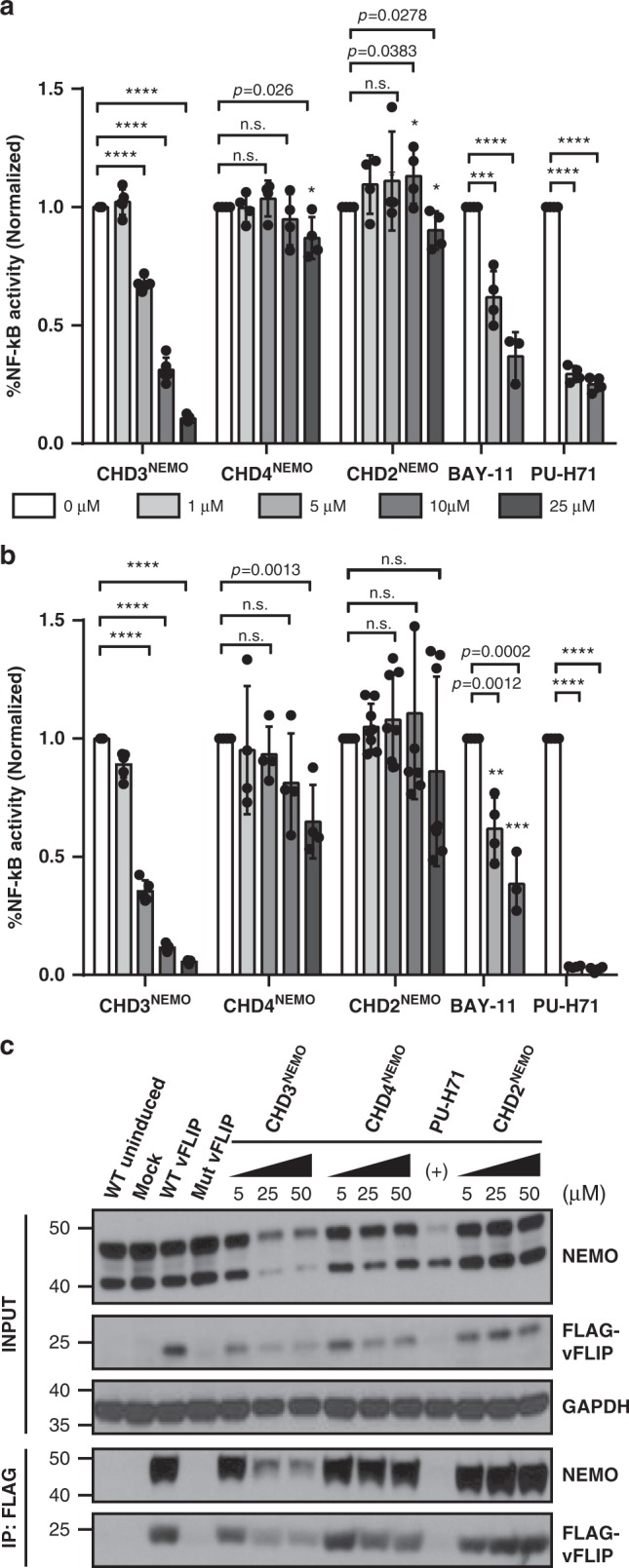Fig. 4. CHD3NEMO suppresses vFLIP-mediated NF-κB transcriptional activity and disrupts NEMO-vFLIP complex formation.

a CHD3NEMO, but not control peptide CHD2NEMO or CHD4NEMO, inhibits NF-κB transcriptional activity significantly in BC-3 NF-κB-luc PEL cells in a dose-dependent manner at (a) t = 5 h and (b) t = 24 h post-treatment. BC-3 reporter cell line was treated with increasing concentrations of the different NEMO mimetics or in the presence of the NF-κB inhibitor Bay 11-7082 or HSP90 inhibitor PU-H71. Luciferase assays were performed at the indicated time points. Statistical analysis was performed using two-tailed unpaired t-test comparing treated samples to DMSO control (****p ≤ 0.0001, ***p ≤ 0.001, **p ≤ 0.01, *p ≤ 0.05 and non-significant p > 0.05). The data represents mean ± SEM of two independent experiments (n = 2) performed in triplicates. c CHD3NEMO disrupts vFLIP/NEMO interaction in live cells. Co-immunoprecipiation with an anti-FLAG M2 beads was performed using a vFLIP–FLAG doxycycline-inducible Namalwa cell line. Results show a dose-dependent reduction in the levels of interacting NEMO upon treating cells with the vFLIP inhibitor CHD3NEMO but not with CHD2NEMO or CHD4NEMO peptide. WT uninduced: Namalwa WT vFLIP stable cell line without induction with doxycycline; Mock: parental Namalwa cell line; Mut vFLIP: Namalwa stable cell line carrying vFLIP NF-κB dead mutant that lacks the ability to bind to NEMO. Mut vFLIP and WT vFLIP cell lines were treated with doxycycline to induce vFLIP expression 24 h prior to treating WT vFLIP cell line with DMSO or the different NEMO mimetics.
